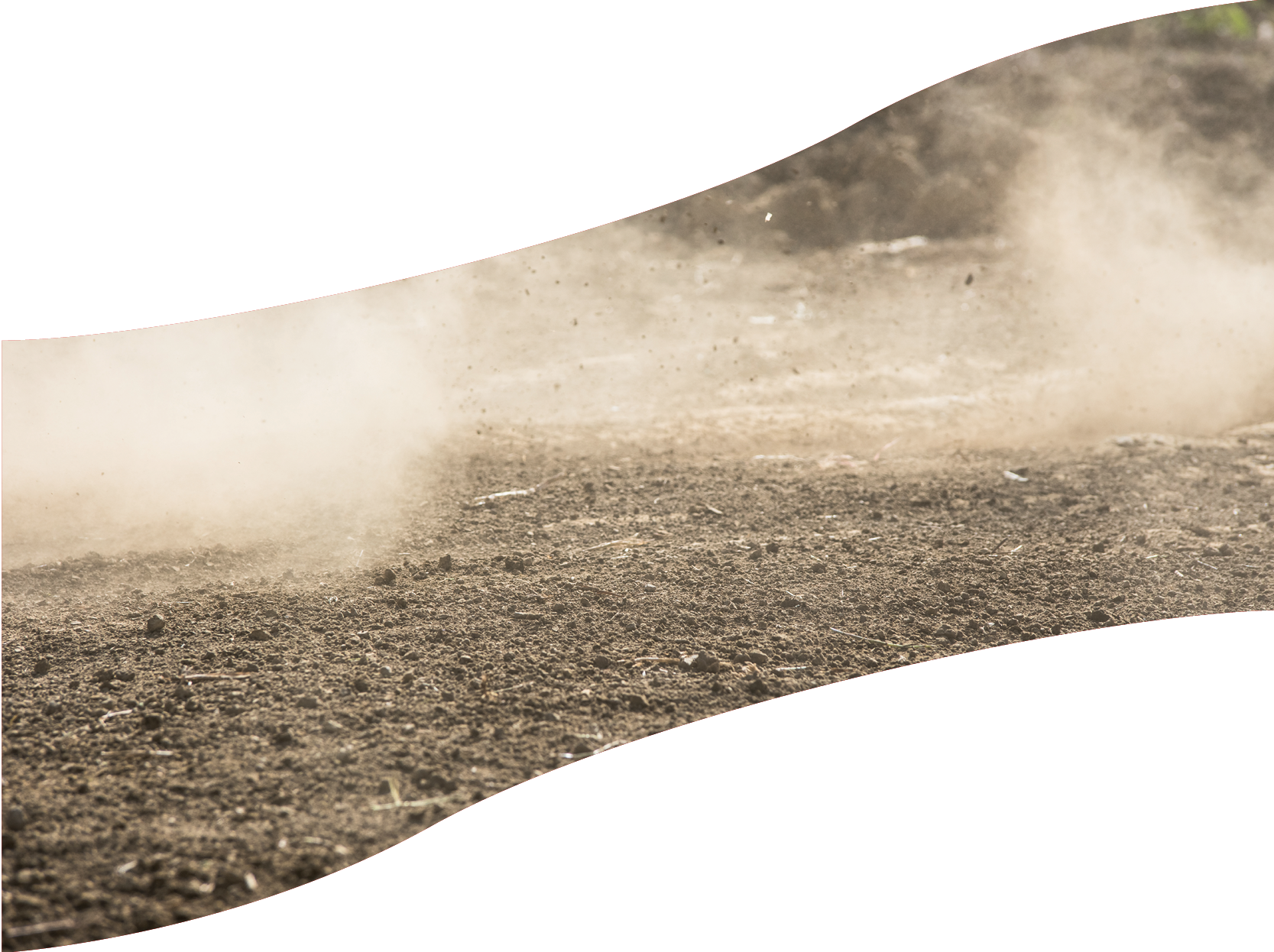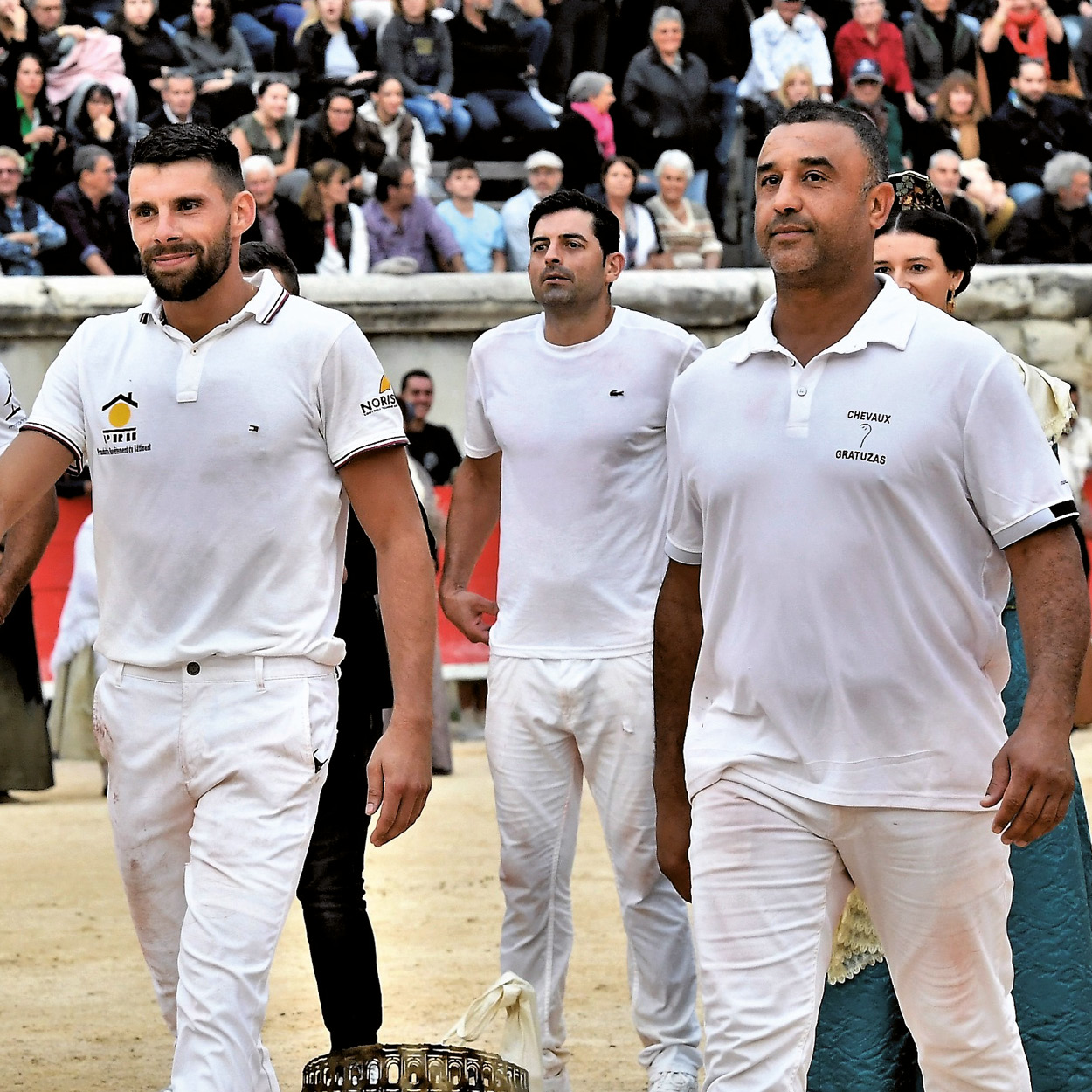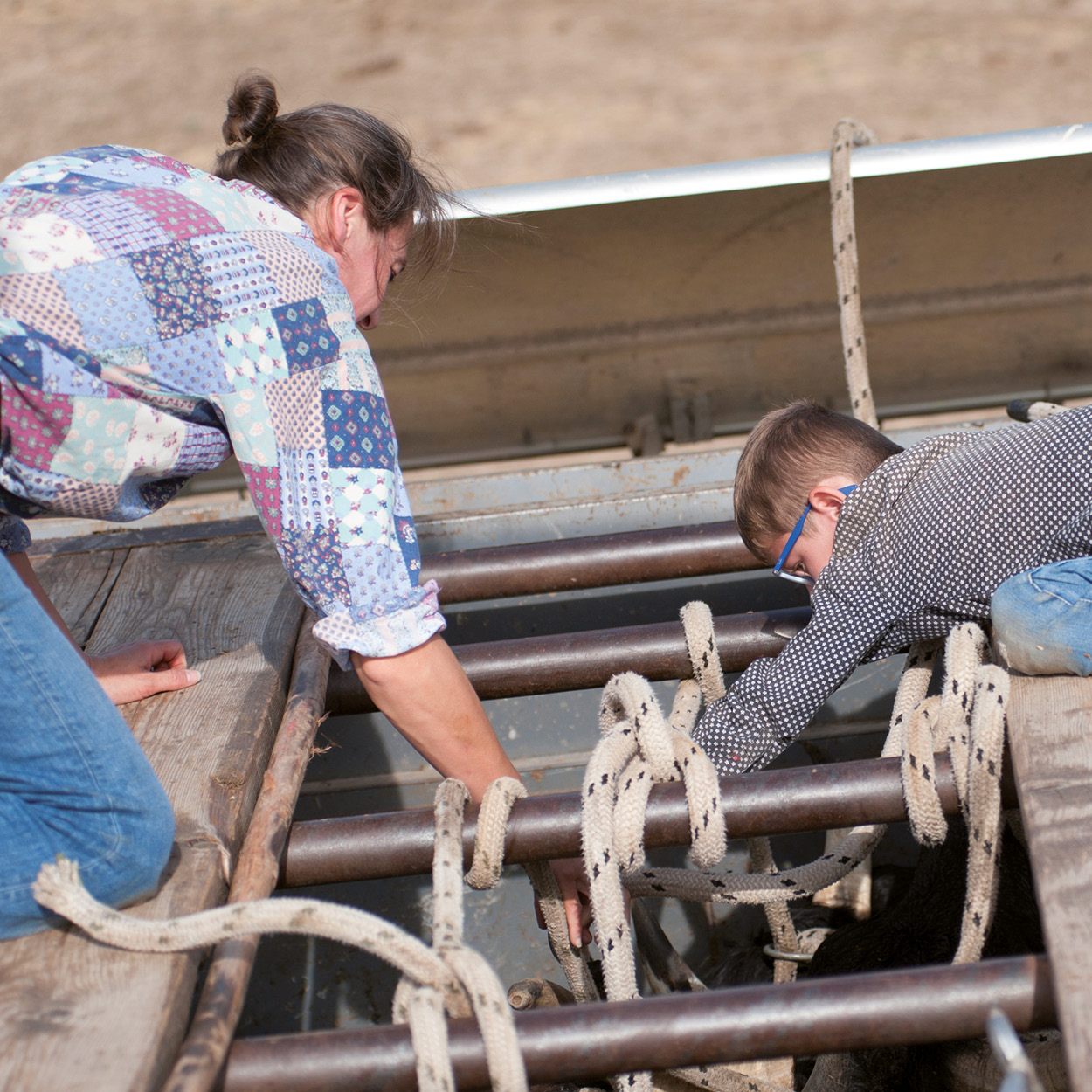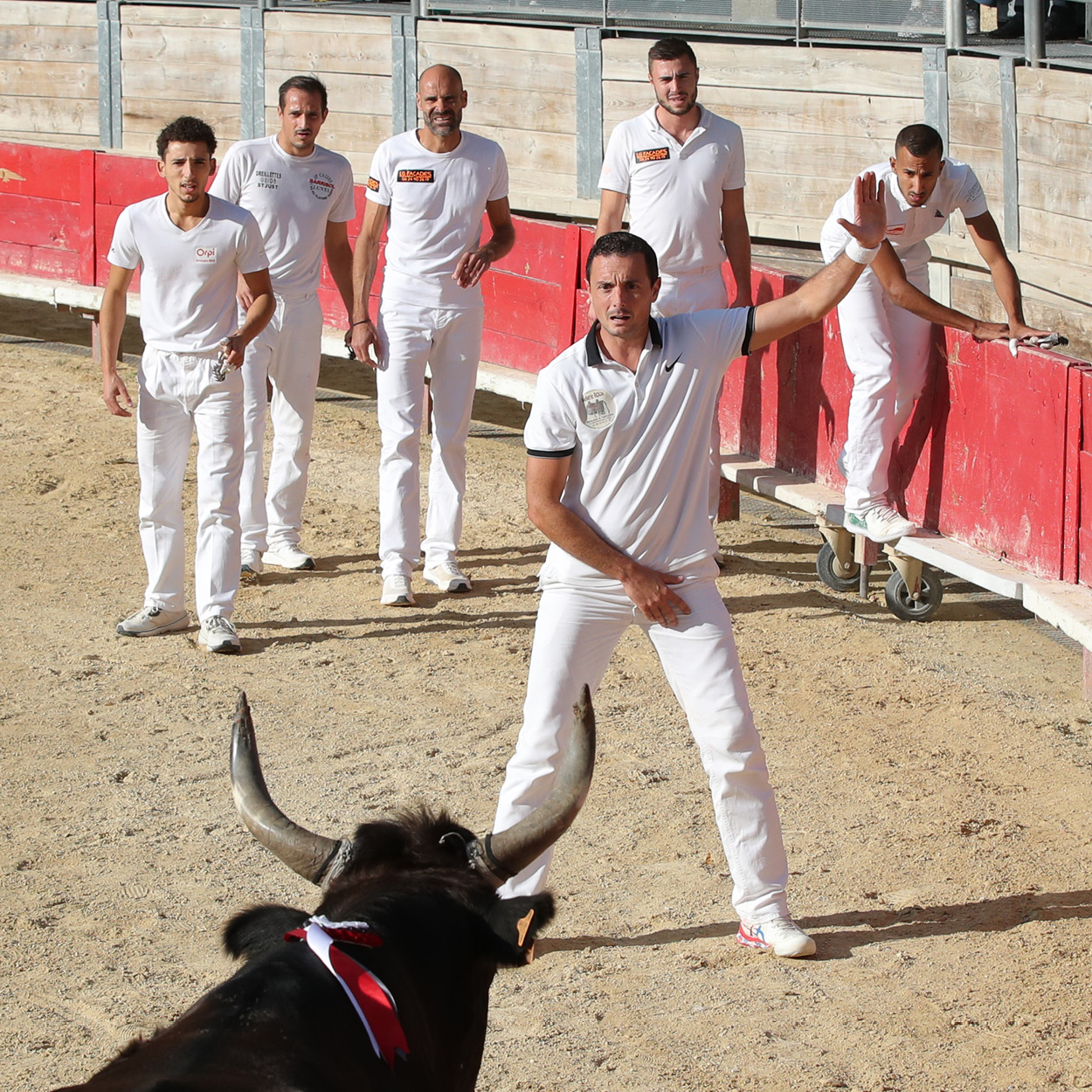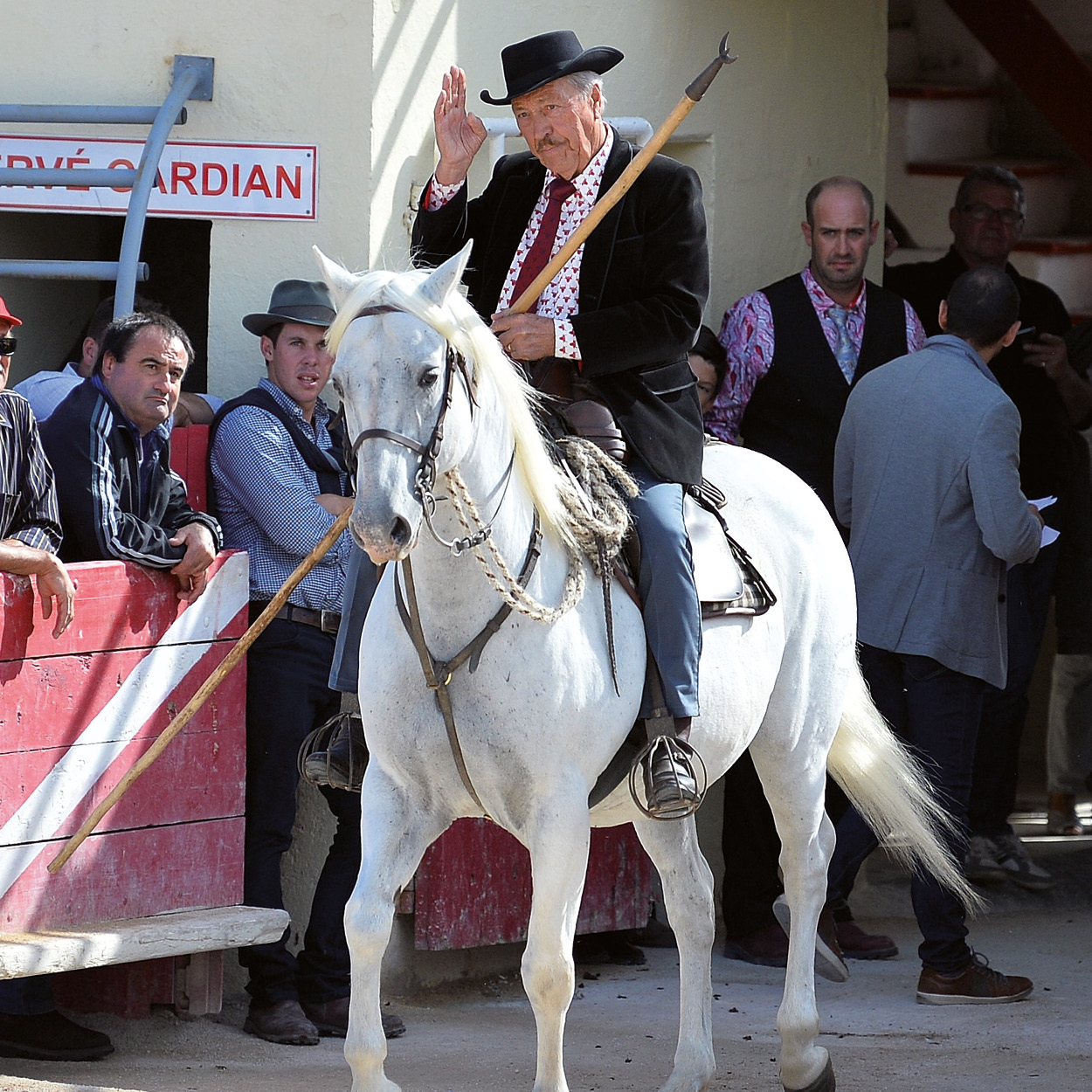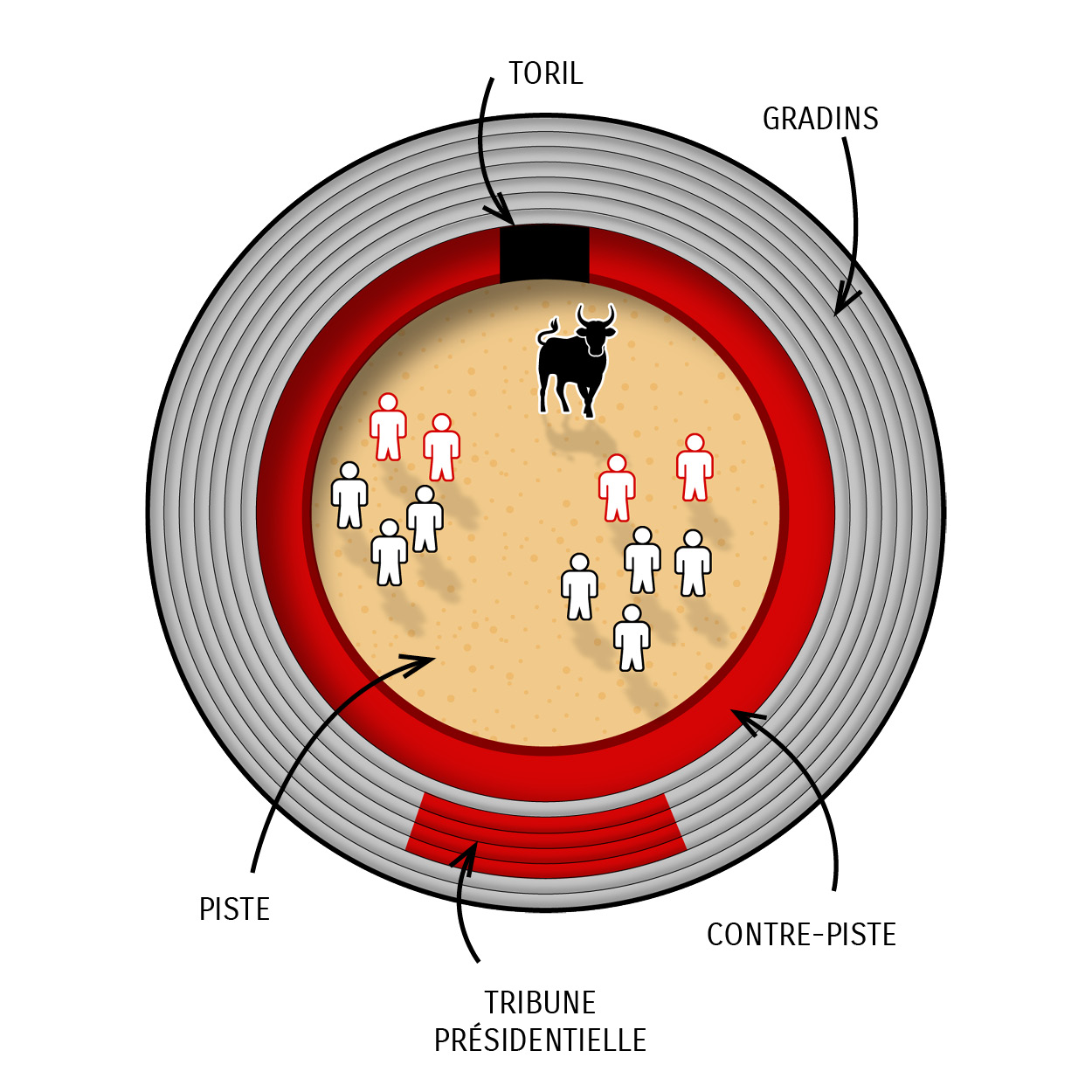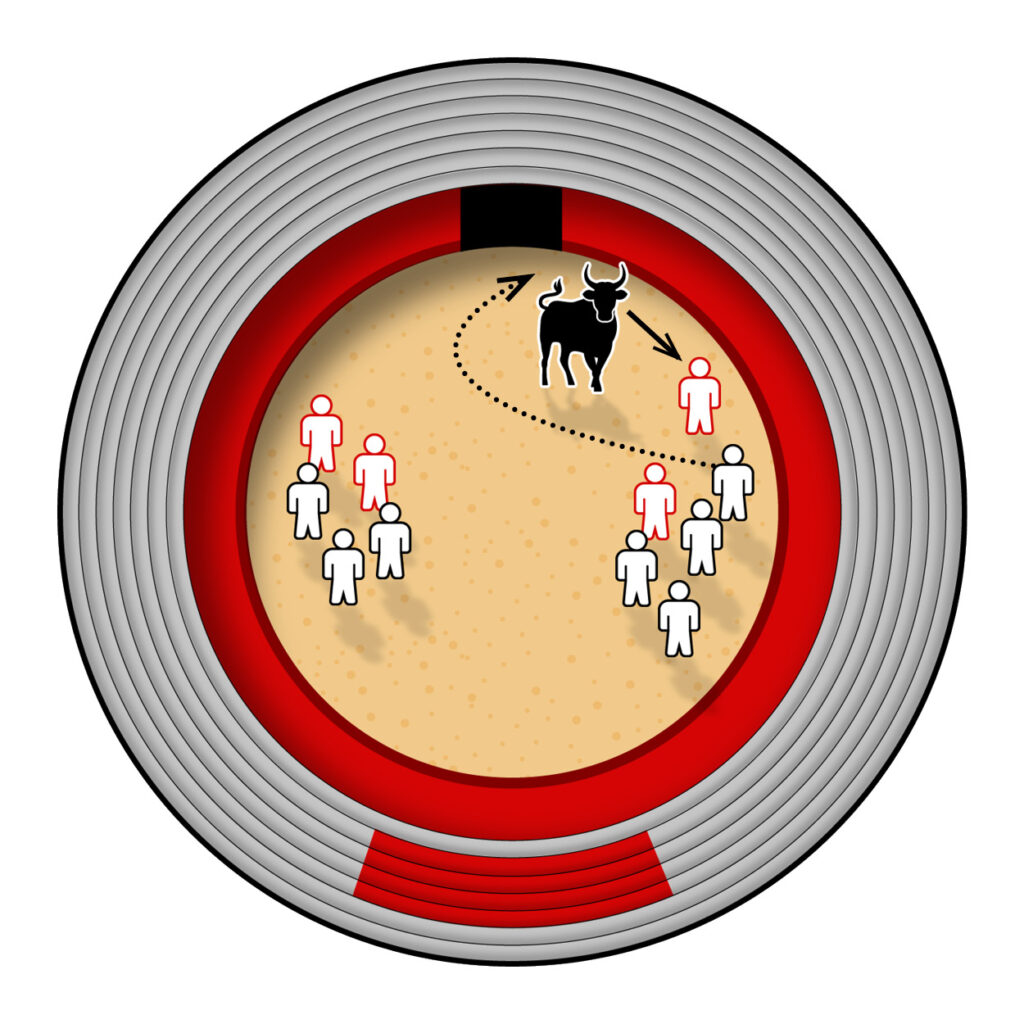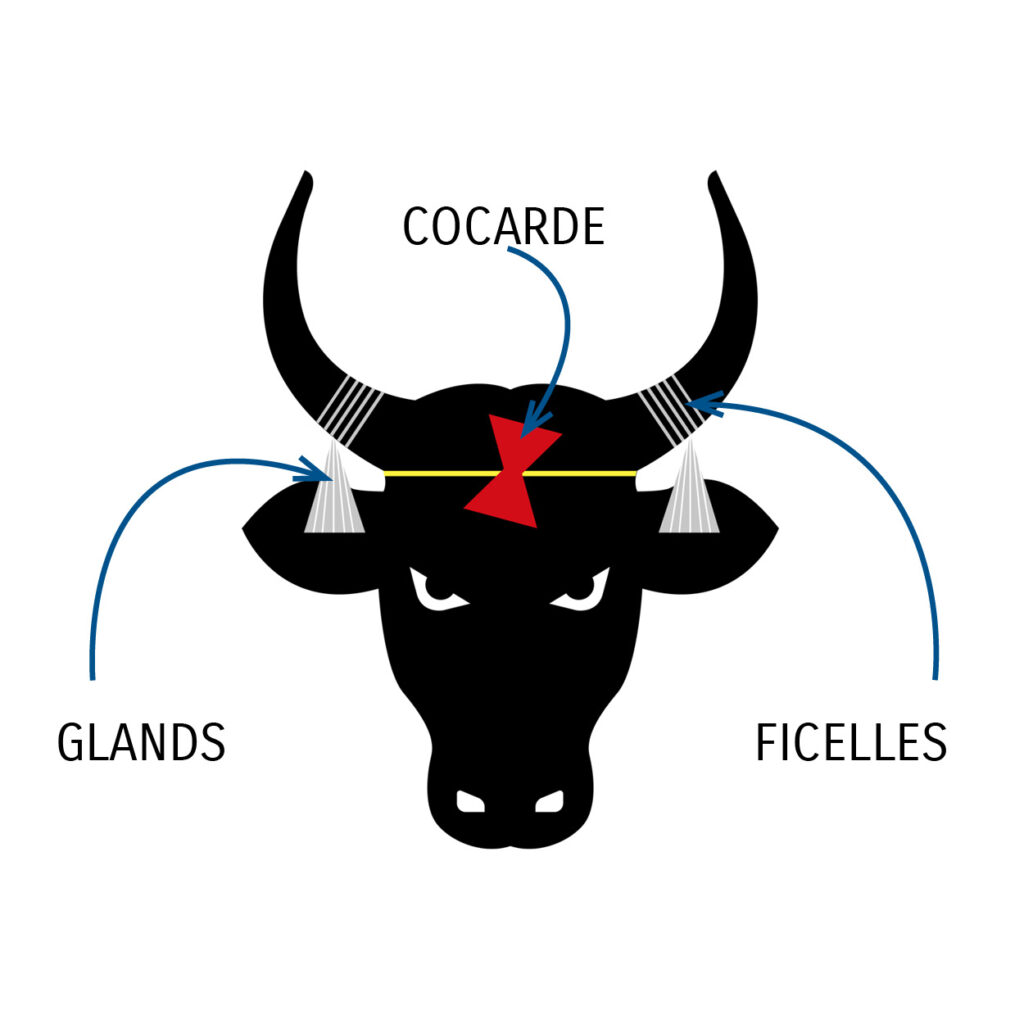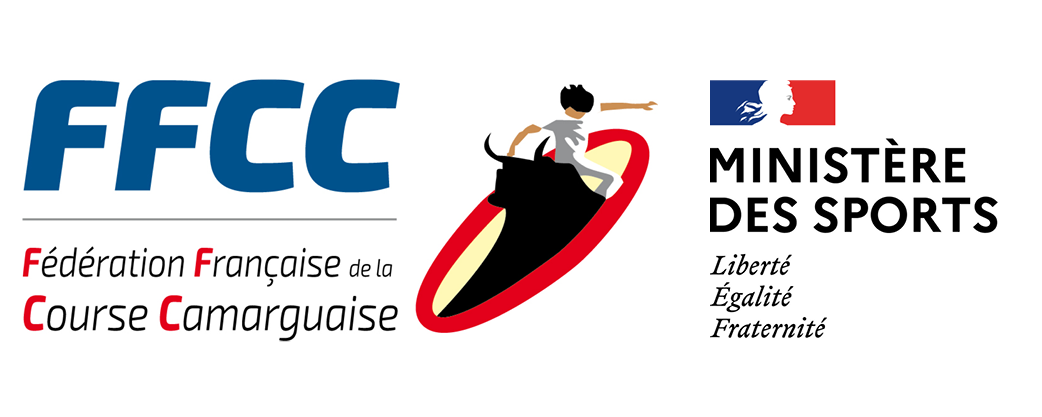
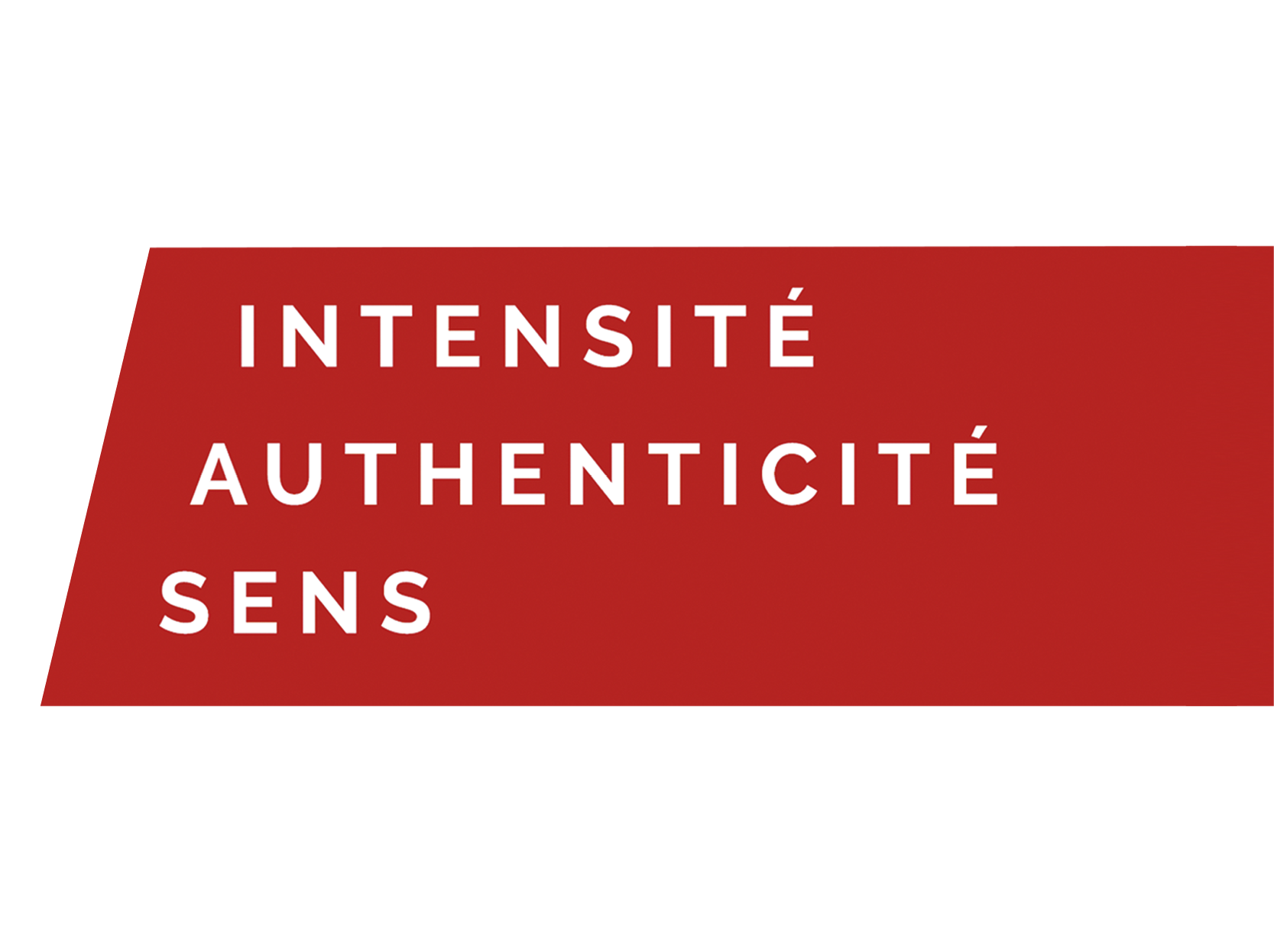


The Camargue Bull race
today
A high-intensity traditional sport, an authentic and unique spectacle in the world, where « Raseteurs », high-level athletes, challenge Camargue breed bulls in the arenas of Southern France.
The Raseteurs must, in fast races with the bull, remove attributes fixed to the base of the bull’s horns. These attributes are attached before the race by the manadiers and the gardians.
An individual sport performed in a group, it is administered by the French Federation of the Camargue Bull Race, recognized by the French State and approved by the Ministry of Sports since 1975.


HISTORY
OF THE CAMARGUE BULL RACE
The origin of bull games in Southern France dates back to 1402 in Arles.
In the 1890s, bull breeders called Manadiers became aware of the uniqueness of the Camargue bull
breed.
Due to its morphology and combativeness, it was more suited to becoming a sports participant in bull
games rather than being used for field work or meat production.
At the beginning of the 20th century, in small wooden arenas built in the centers of villages, bulls and
young amateur men, who began to be called « raseteurs, » faced off.
Attributes were then attached to the base of the bull’s horns, and rewards were given to those who
managed to remove them: this marked the beginning of the Camargue Bull Race.

THE MAIN CHARACTERS

HOW A
CAMARGUE BULL RACE WORKS

THE DIFFERENT CATEGORIES
OF CAMARGUE BULL RACES
The Camargue Bull racing season begins in March and ends in November. The main categories of Camargue bull races are as follows:
● Royal Race: A race with the 6 best bulls from the same manade.
● Manades Competition: A race that brings together several manades.
● New Bulls Race: A race that allows 3-year-old bulls to participate in their first race.
● Young Bulls Race: A race for bulls under 8 years old.
● Cocardière Cows Race: A race with only cows.
● League Race: A race with bulls and cows up to 6 years old dedicated to trainee raseteurs from the Federal League Pole.
● Raseteurs School Race: A race with bulls and cows with protected horns to allow young trainee raseteurs to train.

The major Camargue
Bull racing competitions
● Trophée des As or Elite French Championship: This rewards the Elite raseteur who has accumulated the most points over
the season in AS category races. The best bull of the season is designated as “Biou d’Or”.
● Trophée de l’Avenir or Hopeful French Championship: This rewards the Hopeful raseteur, aged 25 years or younger, who
has accumulated the most points over the season in Avenir category races.
● Trophée Honneur or Honour French Championship: This rewards the raseteur over 25 years old, not selected in the Elite,
who has accumulated the most points over the season in Honour category races.
● La Cocarde d’Or in Arles: Held on the first Monday of July

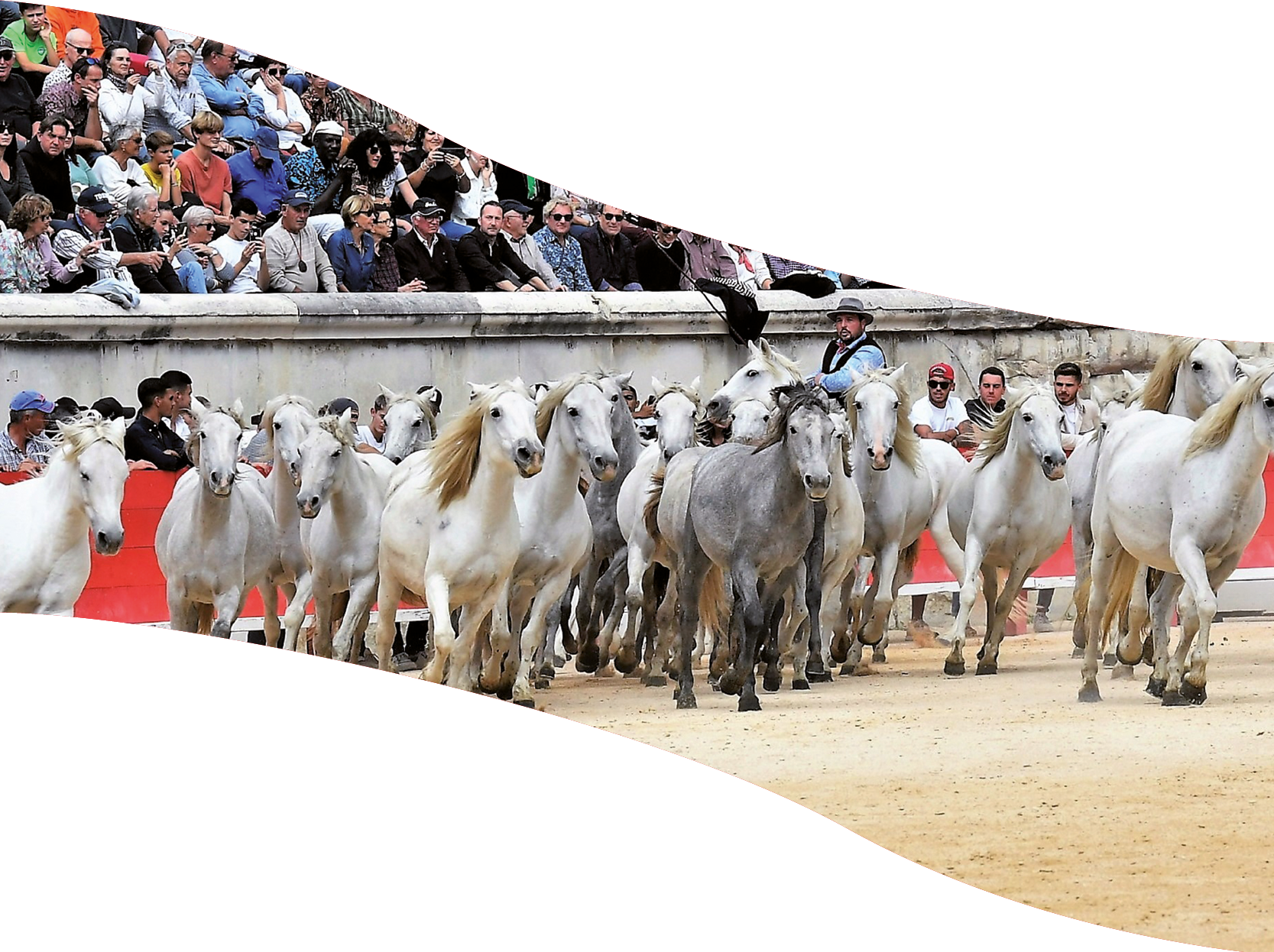
GLOSSARY
– Raseteurs: Men (or women) in white, with their last name in black on their back. They train at raseteur schools (learning the gestures, the technique of the raset, and respecting traditions).
– Tourneurs: Men (or women) in white, with their last name in red on their back. They assist the raseteur by calling the bull to position it in the best way to « facilitate » the raset. They do not have a crochet.
– Bulls (or cocardier) and cows: They are transported by truck on the morning of the race and will return to their pasture at the end of the race.
– Race President: Located at the presidency, he ensures that the rules are followed and announces the rewards.
– Manade: A place for breeding Camargue bulls and horses.
– Manadier: The owner of the manade.
– Gardian: For labor code purposes, they are considered agricultural workers. Practically, they are the guardians of a manade.
THE ATTRIBUTES
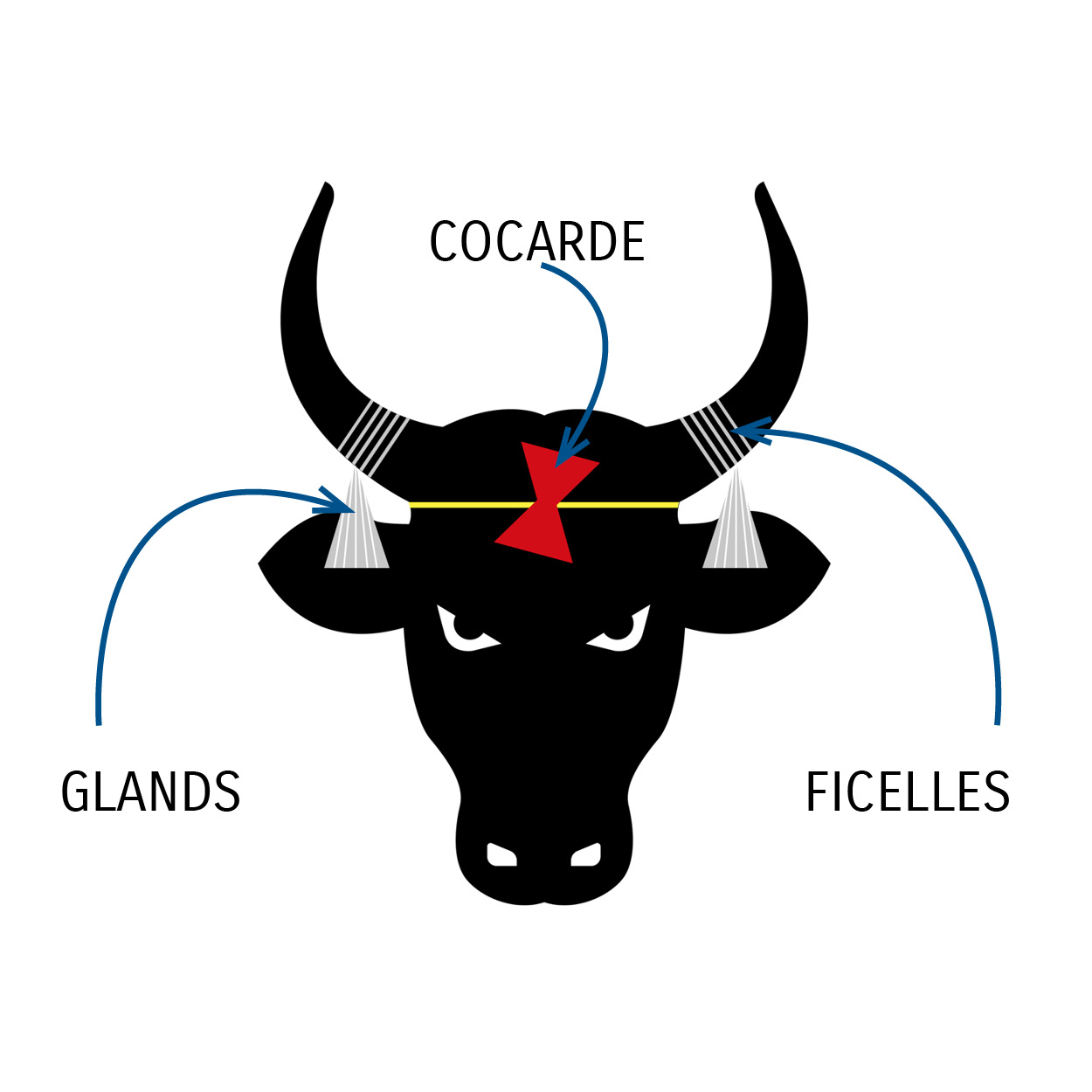
1/ Cocarde : A small red fabric ribbon.
2/ Glands : There are two, one on each horn, consisting of a black elastic with a white wool pompom.
3/ Ficelles : Placed on each horn with 6-8 turns. They have maximum value for the raseteur, both financially and in terms of competition points.
